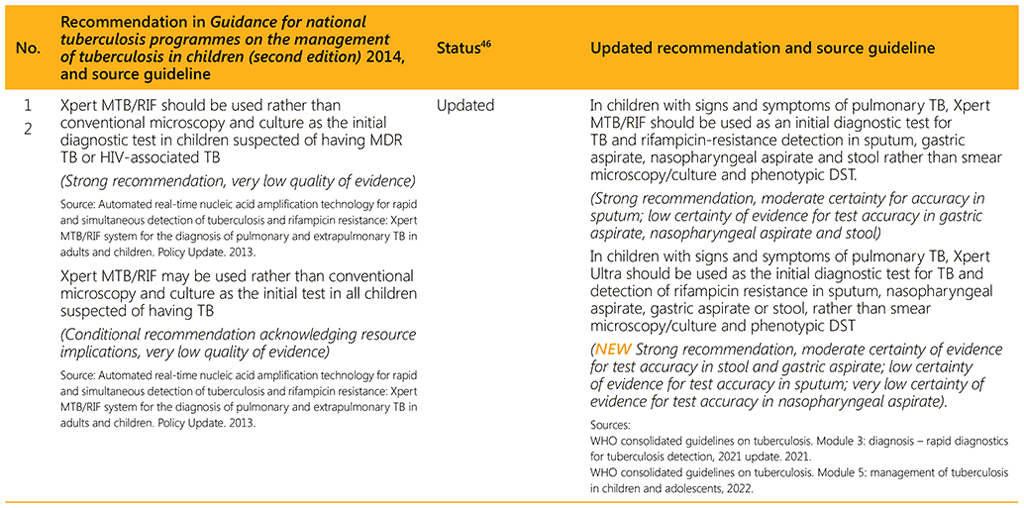4.2 Routines for recording and reporting
In order to obtain the required information for the indicators described above, a TB recording and reporting system needs to include a minimal set of data elements. Although paper-based systems have been used to collect such data, it is now becoming increasingly feasible to collect data electronically, and this should be the standard aspired to for monitoring TB screening activities. The following strategies can be used to collect the necessary data:

 Feedback
Feedback